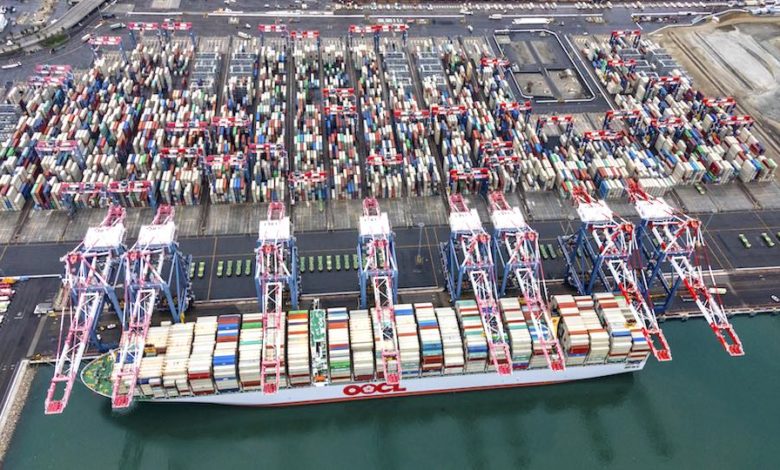FMC to examine data constraints in latest bid to alleviate US box crunch

Identifying data constraints that impede the flow of ocean cargo and add to supply chain inefficiencies will be the focus of a new Federal Maritime Commission (FMC) effort in the US to be spearheaded by commissioner Carl Bentzel.
This initiative will propose recommendations for common data standards used by the international shipping supply chain, as well as access policies and protocols that would streamline information sharing across the ocean supply chain.
“Events of the past year have proven the need for the United States to achieve more capacity from our cargo delivery system. Information sharing and additional transparency in how containers move is one way we can move more containers more efficiently,” said FMC chairman Daniel Maffei.
Bentzel will explore what common ocean shipping data is created with each hand-off of a container through the supply chain, how that data is stored and shared, and identify what are the critical data elements used by each supply chain party. Ocean carriers, marine terminal operators, truckers, railroads, and other government agencies are among those who will be invited to provide insight about data definitions, classification, and recommendations for improving interoperability of data records involving container shipping. Input from the commission’s National Shipper Advisory Committee may also be solicited as part of the project. Initial deliverables will include a data inventory and recommendations for common standards.
“I have already met with many port industry leaders and stakeholders around our coastlines, and the topic of reliable, actionable operational shipping information to help more efficiently move cargo was one of the foremost topics of concern. When you go through a US airport you know how and where to park your car, you know that you will be transported to the airport terminal, when you get to the terminal you will be provided information on your gate and information about when your plane will depart and land, adequate personnel are available to handle luggage and run it through security throughout this process, and it is repeated at landing. The maritime industry does not have a similar system in place,” Bentzel said, adding: “Our port gateway corridors are limited by physical constraints and the best options for efficiencies lie with the greater utilisation of information technologies and coordination between the different modes in the supply chain.”
